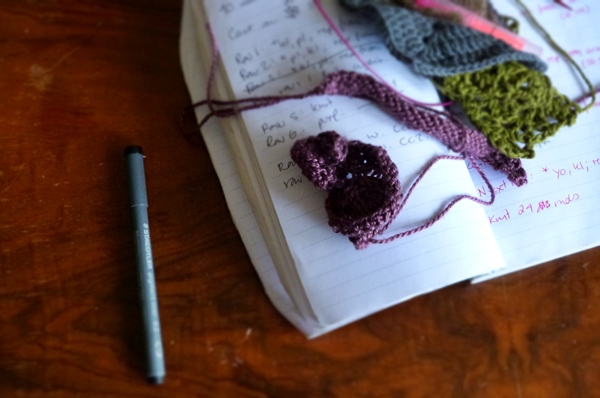 The past fortnight has seen my usual companion at Casa Bookish - perfectionism - almost grind my work to a halt.
I think a designer needs to have a dash of perfectionism in her. You need to pay close attention to detail - such as stitch counts, style sheets, how colours work at the photo shoot. Designing can also be a long, hard slog of making numbers work, getting the placement of a detail just right and finding the best way to phrase a tricky instruction. But if perfectionism stops you from every accomplishing anything - if your search for perfection means you never release a pattern - then you need to let go.
The past fortnight has seen my usual companion at Casa Bookish - perfectionism - almost grind my work to a halt.
I think a designer needs to have a dash of perfectionism in her. You need to pay close attention to detail - such as stitch counts, style sheets, how colours work at the photo shoot. Designing can also be a long, hard slog of making numbers work, getting the placement of a detail just right and finding the best way to phrase a tricky instruction. But if perfectionism stops you from every accomplishing anything - if your search for perfection means you never release a pattern - then you need to let go.
"That Isn't Exciting & Original" - How Nothing Is Ever Good Enough
Recently I have really struggled to let my perfectionism go. I have one project that I have designed six times and ripped out five times. Each of those six designs has been completely different - different construction, different variation on the core concept, different stitches - and I haven't liked any of them. I do not want to like my design; I want this project to be as amazing, special and perfect as it is in my head; I want to love it like I have loved no other design.
And that's the problem.
Nothing will ever match the perfection that's in my head. I am now working on the sixth version of my idea and it's coming out really nice. Fact: I sold the second design to a third-party publisher who absolutely loved it. It worked for them in their context - it was totally good enough.
So where does all this stuff and nonsense come from?
Figuring Out Why I Am Being Hard On Myself
I spend a lot of time sitting on my own sketching patterns and charting things. I spend even more time in my own head. As a result I tend to lose track of what is exciting and new because I have already thought through my designs several times and spent hours swatching my ideas. It's easy to start talking myself down because at this stage I will have lost sight of what excited me about the original ideas.
Here's the thing that I keep reminding myself: nobody else will ever be that jaded about my design. No one else have been through the entire process of initial idea and swatching through pattern-writing and wailing about numbers to blocking the sample and arranging photo shoot. No one will ever be able to say anything about my design that I haven't already thought.
I also know that once the design is finished and published, I will adore it to bits .. because by that stage I will been knee-deep in another pattern that's sucking the will to live out of me! I am only halfway joking..
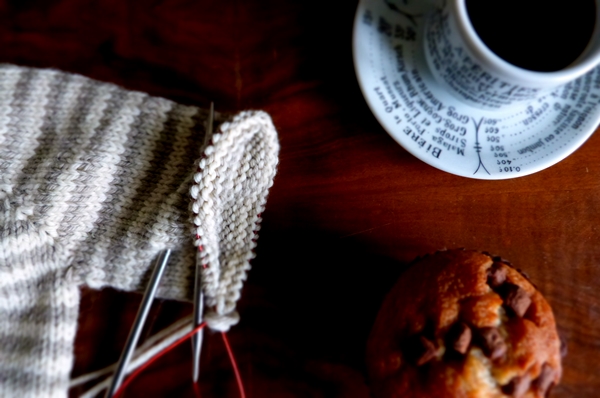
So, Some Tips For Moving Beyond Perfectionism
- Acknowledge to yourself that you have a bad bout of perfectionism. Admitting it is the very first step!
- Realise that you will always be your own worst critic.
- It's better to publish something than nothing.
- Take baby steps. Publish a hat if you are really afraid your latest cardigan pattern isn't good enough.
Some Other Tips:
- Never throw out a design. What you hate today will look amazing two months from now.
- If a design really doesn't feel right for what you are doing, consider other ways for it. Would it make a great pattern for a magazine? Self-publishing? Perfect as a freebie included in your news letter? Can you base a class around the pattern - maybe that hat is perfect for teaching Magic Loop.
- Try playing around with different gauges. If your idea looks silly and stupid in fingering weight, try swatching it in worsted.
- Reach out to trusted friends and peers. Show them a photo or a swatch. Ask for their honest opinion. Listen carefully to their feedback.
Do you have problems with perfectionism? Does it stop you releasing patterns? How do you deal with it? I'd love to hear your thoughts x

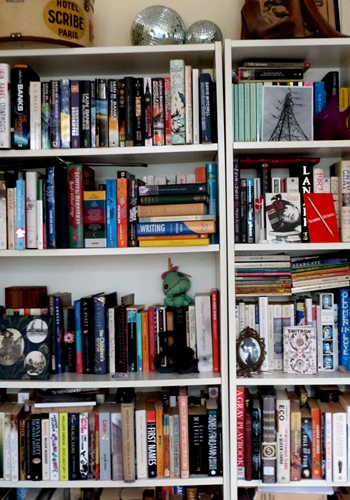 I gave away about 80% of my books when I left Denmark and I can still see ghosts on the shelves, though I merged my collection with Dave's when we started living together. So many books.
I gave away about 80% of my books when I left Denmark and I can still see ghosts on the shelves, though I merged my collection with Dave's when we started living together. So many books.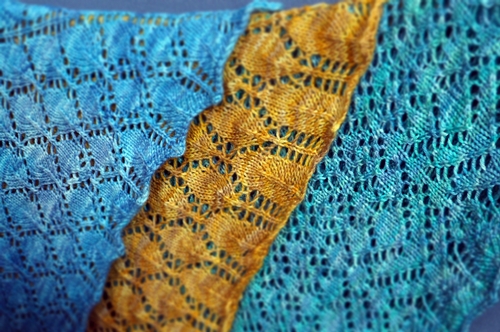
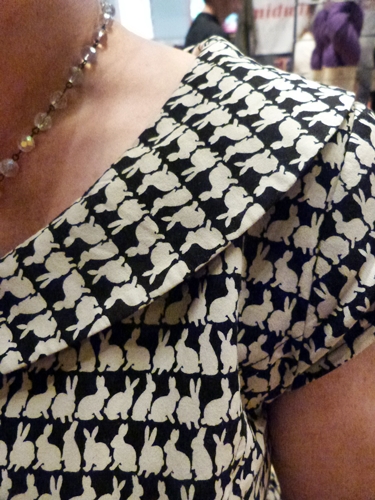
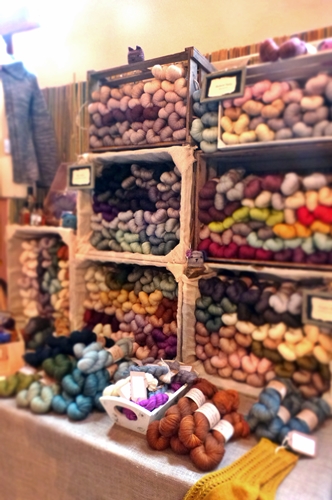
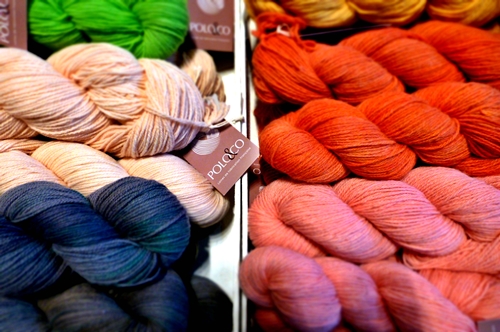
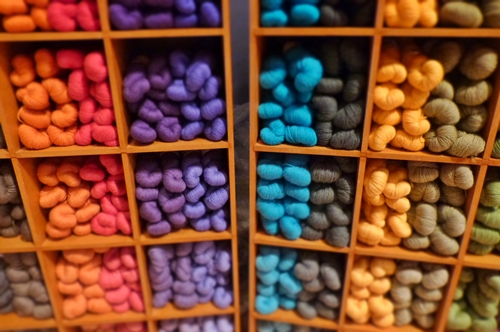
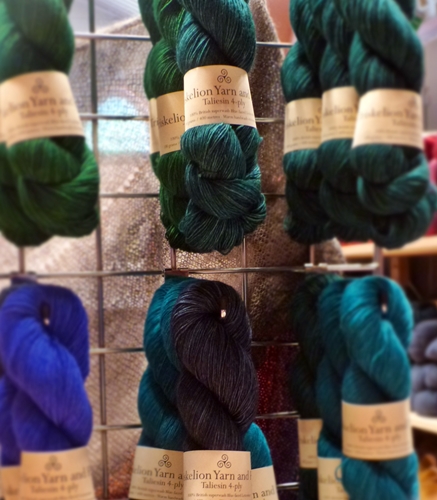
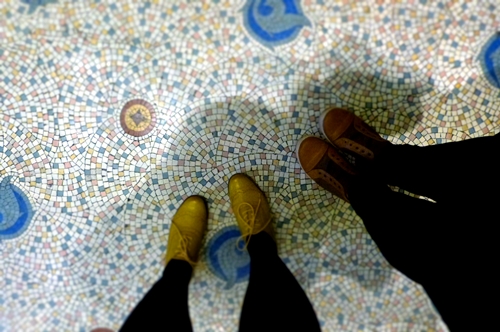
 Yeah, I loved Brighton and all the fabulous people I met there.
Yeah, I loved Brighton and all the fabulous people I met there.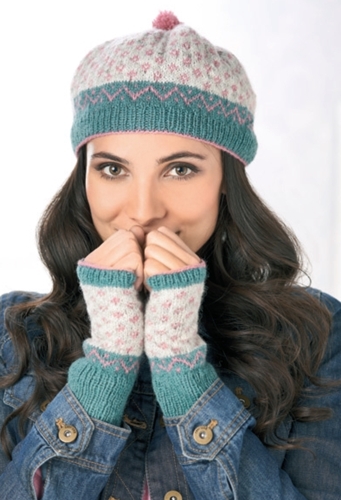 What a lovely surprise I got this morning. We are having family visiting due to Glasgow hosting the Commonwealth Games and as soon as they left for another day of sports, I sat down to check my inbox. And then I started giggling.
What a lovely surprise I got this morning. We are having family visiting due to Glasgow hosting the Commonwealth Games and as soon as they left for another day of sports, I sat down to check my inbox. And then I started giggling.
![794-eucalyptus-386-p[ekm]185x184[ekm]-horz](http://static1.squarespace.com/static/5952aea7b11be182d288f50c/59ba75768e62d69316542a6a/59ba757d8e62d69316542f89/1505391997427/794-eucalyptus-386-pekm185x184ekm-horz.jpg?format=original)
![1140-granny-smith-269-p[ekm]185x185[ekm]-horz](http://static1.squarespace.com/static/5952aea7b11be182d288f50c/59ba75768e62d69316542a6a/59ba757d8e62d69316542f8d/1505391997430/1140-granny-smith-269-pekm185x185ekm-horz.jpg?format=original)

 I started blogging around 2001. I did not use my real name; I did not post pictures of myself and the only clues to my identity were these: I lived in Copenhagen, Denmark and I was female (I used the nom de plume "Ms Bookish"). My then blog was fairly straightforward: I mostly wrote about books and the contemporary literary scene. Around 2004-2005 my blog had become a professional tool and I was widely engaged in the literary blog scene working with publishers and authors. However, I was still completely anonymous.
I started blogging around 2001. I did not use my real name; I did not post pictures of myself and the only clues to my identity were these: I lived in Copenhagen, Denmark and I was female (I used the nom de plume "Ms Bookish"). My then blog was fairly straightforward: I mostly wrote about books and the contemporary literary scene. Around 2004-2005 my blog had become a professional tool and I was widely engaged in the literary blog scene working with publishers and authors. However, I was still completely anonymous.
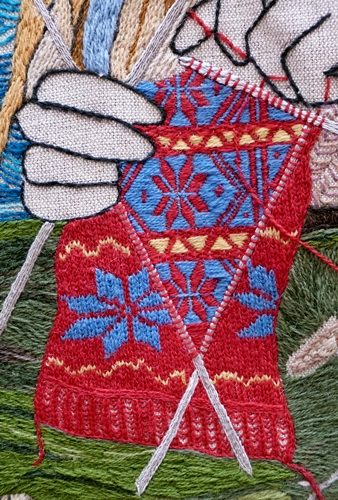 Just over a fortnight ago I waved goodbye to my part-time job with Rowan Yarns. It took me a few days to get used to my new routine and, crucially, having more time to do my own work. There was some initial panic (which briefly me led to consider an art school degree!), then my stomach settled down, and I got on with work.
Just over a fortnight ago I waved goodbye to my part-time job with Rowan Yarns. It took me a few days to get used to my new routine and, crucially, having more time to do my own work. There was some initial panic (which briefly me led to consider an art school degree!), then my stomach settled down, and I got on with work.